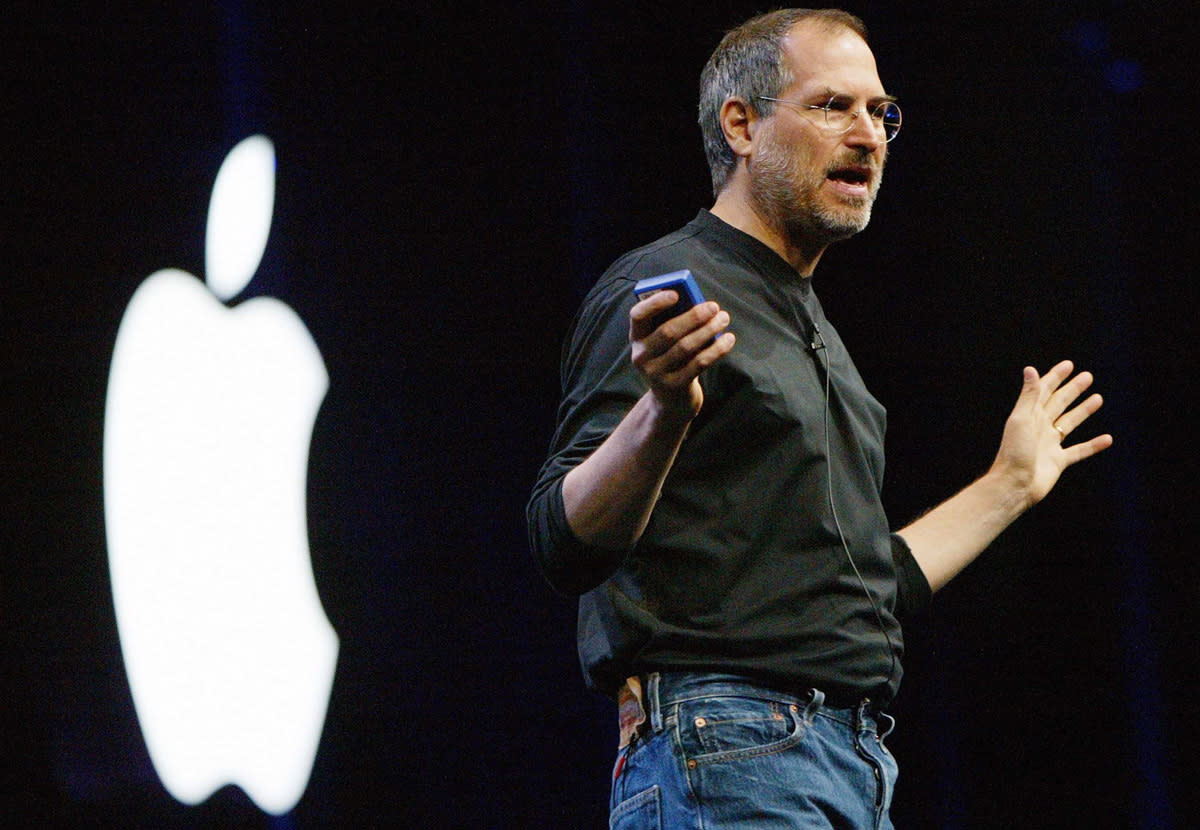Former Apple employee recounts the downside to Steve Jobs’ famed ‘reality distortion field’

One of Steve Jobs’ greatest talents was his ability to influence behavior and persuade people to buy into his own version of reality, an ability famously referred to as the reality distortion field. Even high-powered CEOs were sometimes rendered powerless when presented with a high-octane sales pitch from the charismatic Apple co-founder. One prime example which highlights Jobs’ power of persuasion involves the build-up to the original iPhone release. Famously, Gorilla Glass as a consumer-facing product came to be as a result of Jobs convincing Corning CEO Wendell Weeks that his company could, in fact, mass produce the protective glass within a six-month time frame.
As recounted by Walter Isaacson — who penned Jobs’ biography — Weeks initially told Jobs that mass production on the scale Apple wanted simply couldn’t be done. Jobs thought otherwise and, as the story goes, emphatically told Weeks: “Don’t be afraid. You can do this.”
Don't Miss: The best-selling wireless headphones on Amazon’s entire site are on sale for $28
Even as a young executive in the late 70s, stories of Jobs willing things into existence are voluminous. That said, an early Apple employee named Joe Shelton recently sat down for an interview with Business Insider where he touched on a number of topics, including Jobs’ somewhat mythical reality distortion field. Interestingly enough, though not at all surprising, is that Jobs would sometimes back initiatives that were somewhat ill-conceived.
Back in the early 80s, Shelton was a product manager for Apple’s first Mac. Interestingly, Shelton recounts how Jobs — persuasive though he might have been — wasn’t always the champion of well-thought ideas. Citing one example, Shelton recalls how Jobs back in the 80s wanted the Mac to have a memory limit of 128k.
Standing in front of his employees, Jobs told them, “we want developers to write small, efficient code, not Microsoft code.” His logic was that would metastasize all over the place. The limit would become Apple’s advantage by forcing developers to do more with less headroom.
The staff seemed to like the logic — Jobs’ reality distortion field at work — but Shelton wasn’t convinced. “I was the only person who wasn’t accepting it because I knew how operating systems grow, how software grows.” Jobs thought developers would make their apps smaller, “but it wasn’t going to go that way,” Shelton says. Software code only ever balloons in size.
Apple’s software team naturally scoffed at Jobs’ suggestion, which they astutely did not implement.
The full interview with Shelton is definitely worth checking out as it highlights what it was like to work under both Woz and Jobs back in the early days of the company.
BGR Top Deals:
The best-selling wireless headphones on Amazon’s entire site are on sale for $28
Today’s best deals: Sous vide, Instant Pots, DNA test, $9 fast wireless charger, bed sheets, more
Trending Right Now:


